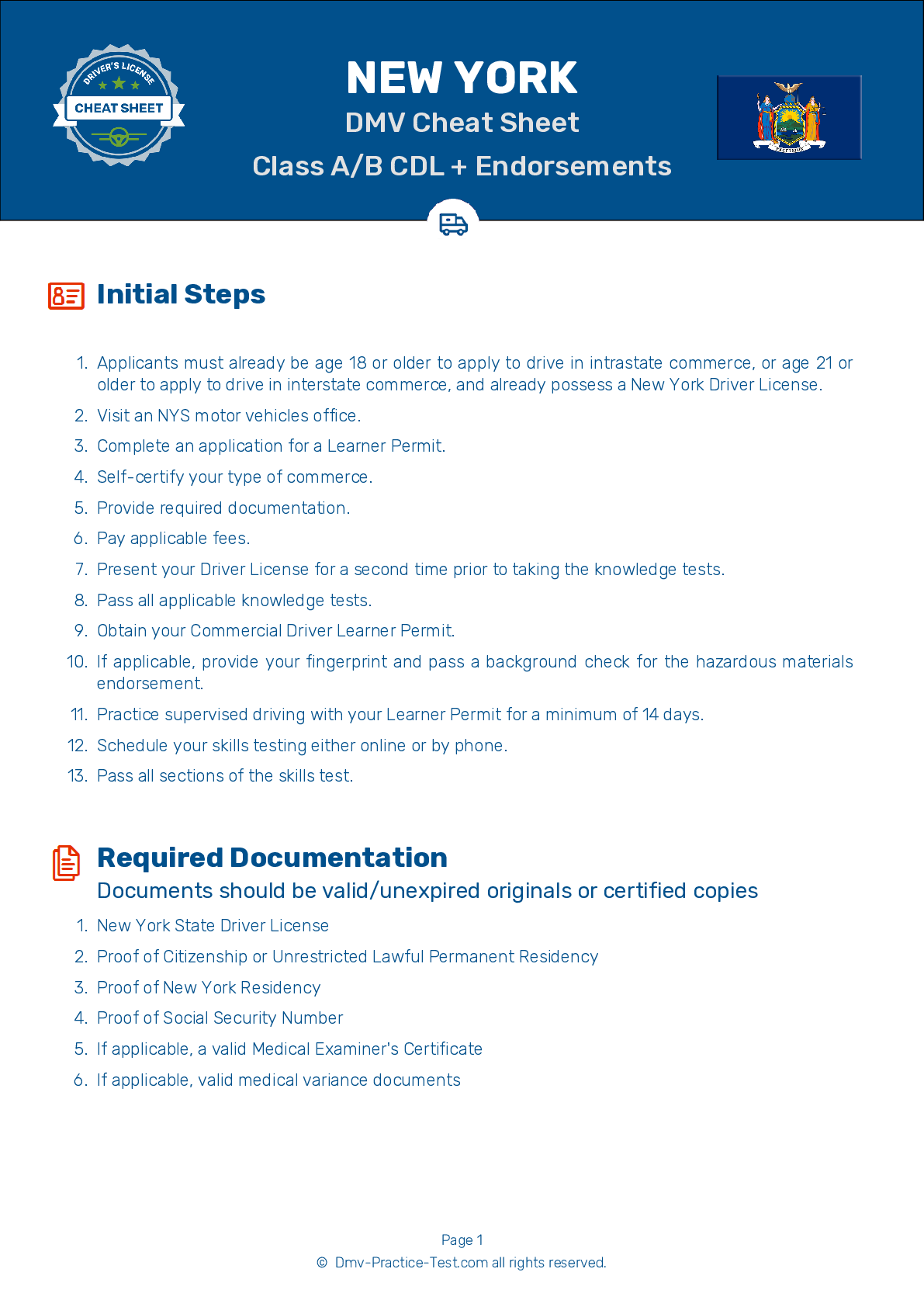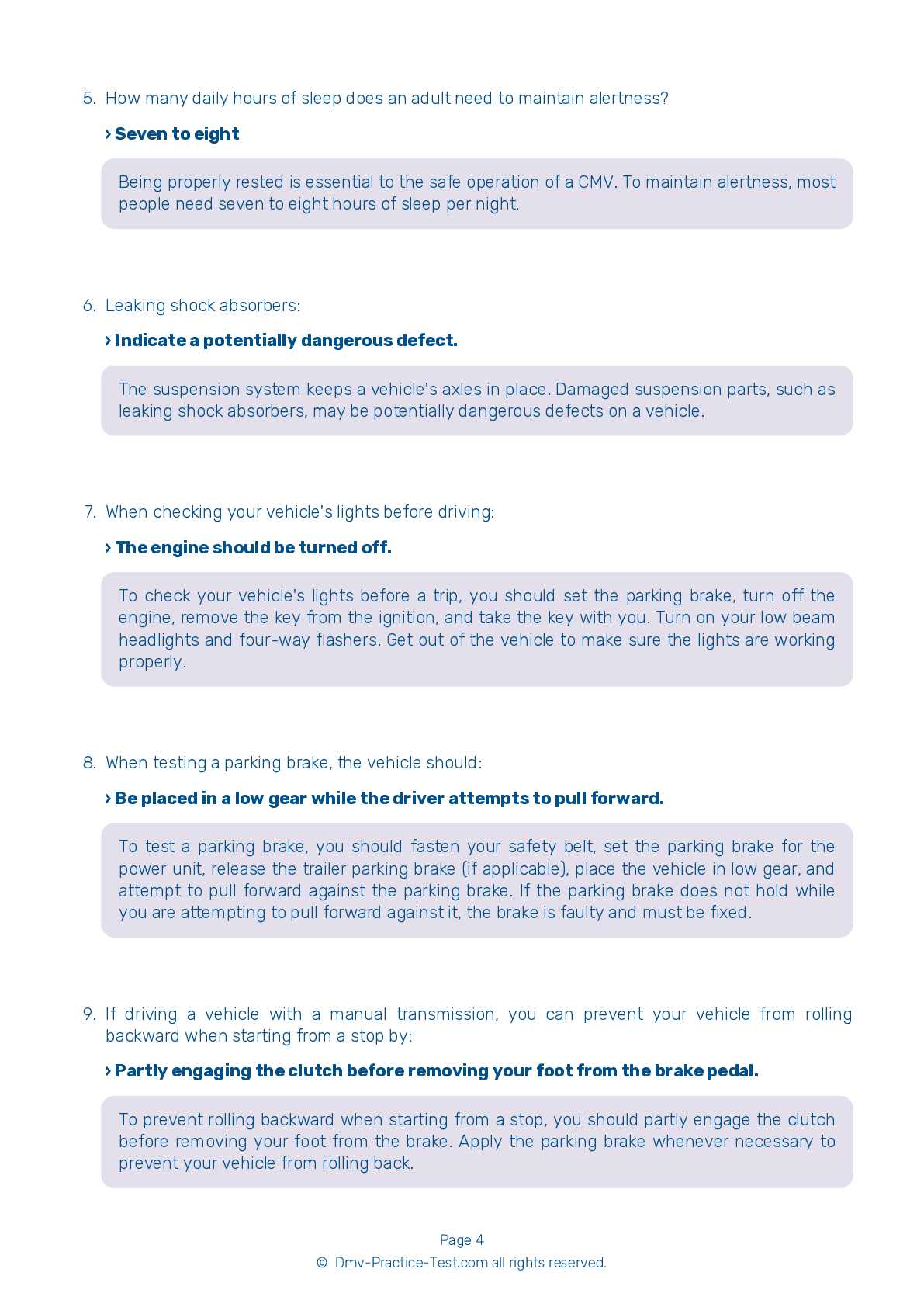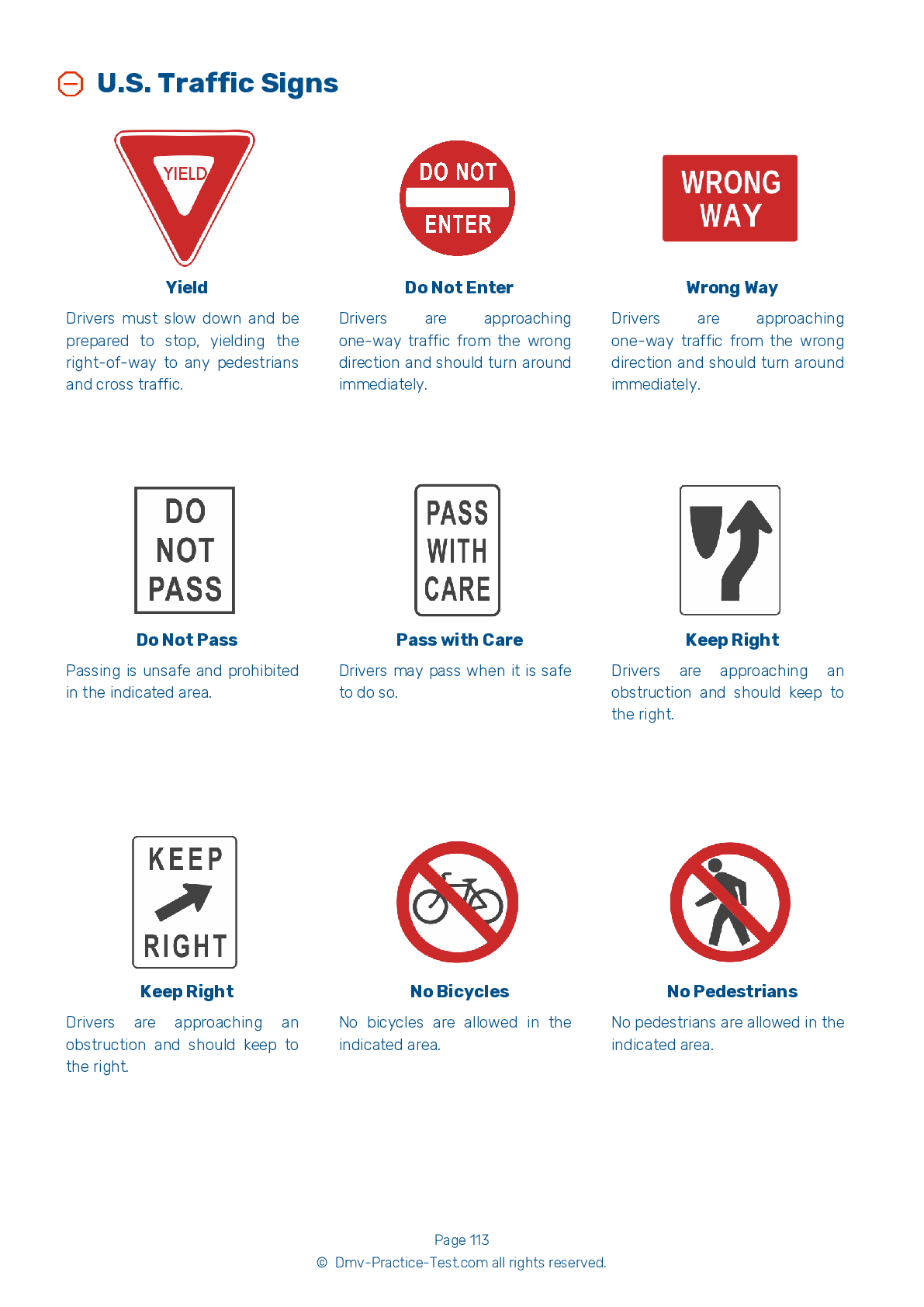Air Brakes Endorsement Test | New York 2025 #2
Train for FREE online with our New York CDL air brake test. The official exam test consists of several obligatory parts, with all of them checking your knowledge of different blocks of road rules. If you need to obtain a NY Class A/Class B driver license in 2025, practice as much as possible. Free sample tests published on our website will help you check and improve your knowledge and boost your grades. Please bear in mind that the requirements for CDL may vary from state to state.
1 . Most heavy-duty vehicles use:
Most heavy-duty vehicles use dual air brake systems, in which there are two separate braking systems operated by a single set of controls. Each system operates the brakes on different axles.
2 . During an applied leakage test, the maximum leakage rate for a single vehicle with air brakes is:
It is important to know the maximum air loss rate that is safe for your specific vehicle. A single vehicle with air brakes should have a leakage rate no higher than 3 psi in a minute during an applied leakage test.
3 . The air entering air storage tanks may contain:
The air that enters air storage tanks in an air brake system usually contains a certain amount of water and compressor oil. Because accumulations of these materials can damage the braking system, tanks are equipped with drains to allow their removal.
4 . The air storage tanks:
In an air brake system, the air storage tanks hold enough air for brakes to be used several times if the compressor stops working.
5 . Front brake limiting valves were intended to:
Some older vehicles with air brakes have front brake limiting valves. These valves were intended to reduce the risk of front wheels skidding. However, research has shown that such devices are unnecessary, so they should be left in the "normal" position.
6 . Where is the safety relief valve usually located?
An air brake system's safety relief valve is located in the tank that is first to receive air from the compressor.
See the exact questions that will be on the 2025 New York DMV exam.
99.2% of people who use the cheat sheet pass the FIRST TIME
Lillian MCcranie explains how our CDL study guide was helpful in passing the exam and recommends it to everyone.
Cameron tells us how he purchased the CDL exam, and found it to be a useful tool which helped him pass the exam and find a job.



